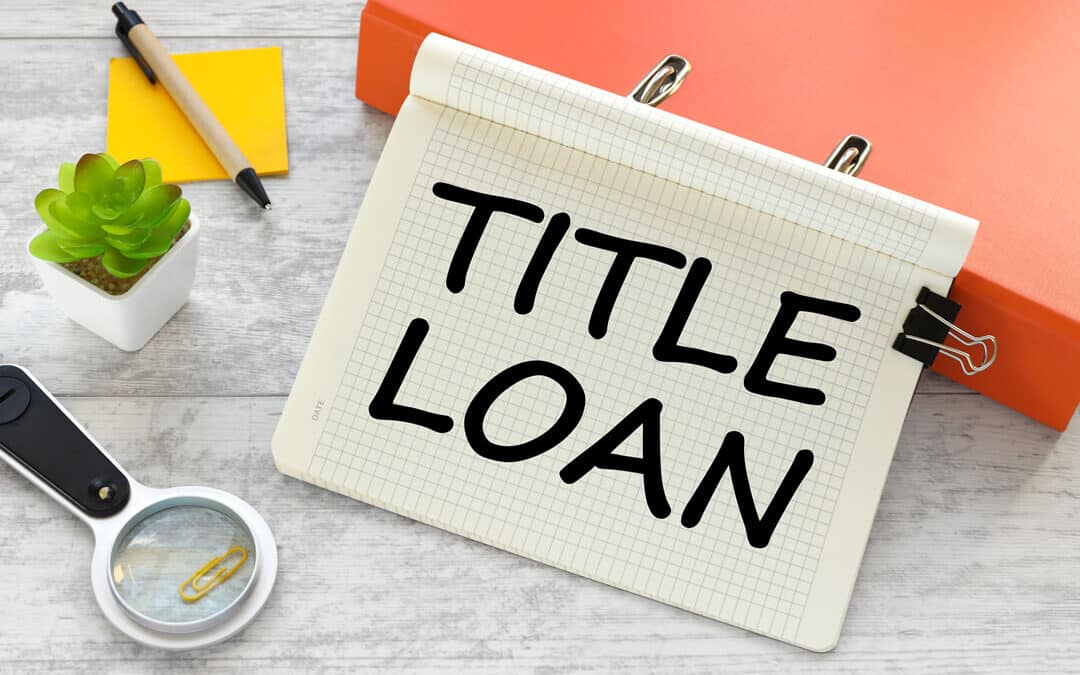When people are going through tough times financially, they often turn to title loans as a way to get some quick cash, especially if their credit scores are not great. But these loans can be a real burden because they come with high interest rates and strict deadlines for repayment.
If you’re feeling overwhelmed by the debts from title loans and thinking about filing for bankruptcy to get some relief, it’s important to know what options you have.
This article will dive into the connection between title loans and bankruptcy, explaining how bankruptcy can help you get rid of your title loan debts and find a way to regain financial freedom.
Understanding Title Loans and their Implications
Title loans are a specific type of loan in which individuals utilize their vehicle as collateral to secure immediate cash. Individuals facing urgent financial needs and limited access to traditional forms of credit often seek these loans. While title loans can provide temporary relief, they come with significant risks and potential consequences.
One of the primary concerns with title loans is the high-interest rates charged by lenders. These rates can often exceed 100% APR, making it challenging for borrowers to repay the loan within the designated timeframe.
Title loans typically have short repayment periods, usually ranging from 30 days to a few months. The combination of high interest rates and short repayment timelines can trap borrowers in a cycle of debt, making it difficult to escape the loan burden.
If borrowers default on their title loan, lenders have the right to take possession of the vehicle and sell it to recover the outstanding debt. Losing a vehicle can have severe consequences, affecting an individual’s ability to commute to work, fulfill family obligations, and maintain overall financial stability.
Bankruptcy Options for Title Loan Debt
Individuals facing title loan debt have two common forms of bankruptcy to consider: Chapter 7 bankruptcy and Chapter 13 bankruptcy. Each chapter offers different solutions for dealing with title loan debt.
Chapter 7 Bankruptcy and Title Loans
Chapter 7 bankruptcy, commonly referred to as liquidation bankruptcy, requires the sale of non-exempt assets to repay debts that are not secured by collateral.This chapter of bankruptcy provides individuals with a fresh financial start by discharging eligible debts.
However, it is important to note that Chapter 7 bankruptcy does not automatically eliminate the lien on a vehicle obtained through a title loan.
To keep the vehicle in Chapter 7 bankruptcy, individuals have two options: redemption or reaffirmation. Redemption involves paying the lender the vehicle’s current market value in a lump sum, discharging the remaining loan balance, and eliminating the lien. Reaffirmation, on the other hand, allows individuals to agree to continue making payments on the title loan and keep possession of the vehicle.
Chapter 13 Bankruptcy and Title Loans
Chapter 13 bankruptcy, also known as reorganization bankruptcy, involves creating a manageable repayment plan that includes both secured and unsecured debts. This chapter allows individuals to keep their assets, including their vehicles, while restructuring their debt.
In a Chapter 13 repayment plan, the interest rate on the title loan can be lowered and spread out over a longer period of, making payments more manageable.
Getting Help Filing Bankruptcy on Title Loans
If you are struggling with title loan debt, you may need to consult with a bankruptcy attorney with expertise in title loans and bankruptcy proceedings. An attorney can evaluate your financial situation, help you explore your options, and develop a tailored plan to address your title loan debt.
Brock and Stout’s bankruptcy attorneys have over 27 years of experience helping clients facing financial challenges. Reach out for a free consultation with us to see if we can help you get a financial fresh start.

